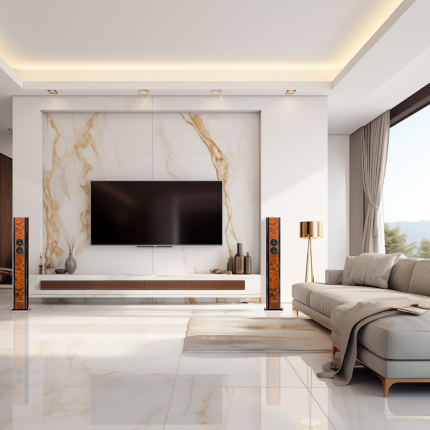2005 Arceau Arts GmbH GmbH
All rights reserved. This website and its content such as text, graphics, logos, button icons, images, audio clips, digital downloads, data compilations, firmware and software, are the property of Joseph Brodmann GmbH or its suppliers and partners and are protected by copyright under, among others, Austrian, European and international laws. Permission is given for non-profit electronic viewing via the Internet. Visitors to this website may download or copy the content and other downloadable items displayed on the website for personal use only, provided that visitors maintain and fulfil all copyright and other notices contained in such content and in accordance with the limitations stated herebelow. Notwithstanding the above, no part or its entirety may be divulged, translated, commercialised or reproduced in any form or by any means or process, without prior written permission of Joseph Brodmann GmbH. Requests in the first instance should be addressed via email to OFFICE@ARCEAUARTS.COM.
Disclaimer
The information presented in this website has been gathered from a wide range of different sources. While every reasonable effort has been made to ensure accuracy and completeness, no warranty or guarantee is given, nor responsibility taken by Joseph Brodmann GmbH for errors or omissions in the database or in the website, or for any damages, losses or claims resulting from its view or use. In this respect the Joseph Brodmann GmbH General Terms and Conditions of Use of the website fully apply.












